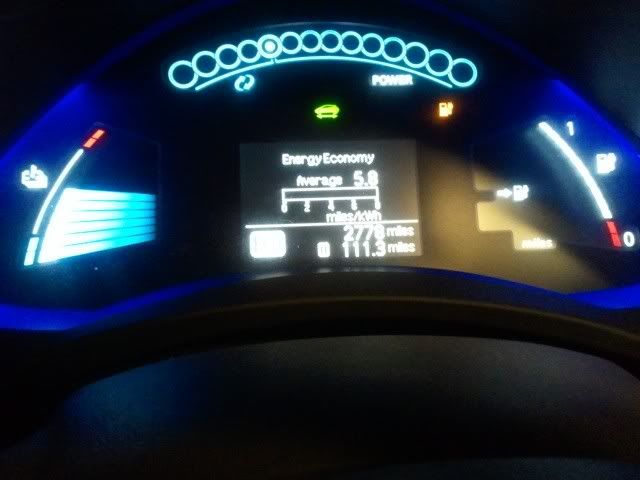GRA said:
...
This site:
http://www.jurassictest.ch/GR/" onclick="window.open(this.href);return false;
does much of what we'd like the nav. system/GoM to do, including taking elevation, speed, weight and accessory power draw into account, as a range predictor. You'd want to add temp, wind speed, wet or dry road etc., and allow for different speeds on different increments, but it goes a long way towards what we'd like to have.
Very cool, and very close, but I’ve got a few problems with uncertainties and variables, I can’t control
After my first look, it seemed to underestimate miles slightly-do you suppose it calculates from the black line route, rather than actual road, on the map?
It also chose a slightly different route than I have, for my long range/capacity tests.
And it calculates using 21 kWh capacity, where as my CW derived estimates, range from about 19.5-20.5 available battery capacity, depending on battery temperature.
So, the result of the approximately 130 kilometer trip estimated using this site, with a 60 kph speed, used 87.4 % of a 21 kWh ABC.
My closest real world test, used about 92% (just past VLB) of a 20.4 estimated ABC, to travel about 148 km, with close to the same 5,500+ ft. of ascent and descent (does the site display the calculated ascent/descent totals?).
My speed was variable, probably averaging about 37.5 mph (=60 kph), but with considerably lower efficiency overall, due to my variable speed, of up to 50 mph.
So, it looks like you might get very accurate predictions, from this site, IMO.
If someone is able to try long trip,from 100% to “turtle” or beyond, at constant speed, where the calculated route matches the odometer distance exactly, with as warm a battery (close to 21 kWh ABC), you might see results extremely close to those predicted, IMO.
Plot a 100% battery capacity route, using this site, and give it a try.
PS- check out the help page, which explains the route mile discrepancy I mentioned above, as well as other useful Info.
"...On long journeys (over 100km), the route actually calculated seem shorter by a few percent, especially if the journey is tortuous...."
http://jurassictest.ch/green-race/green-race-30-web/365-gr3-aide.html" onclick="window.open(this.href);return false;


